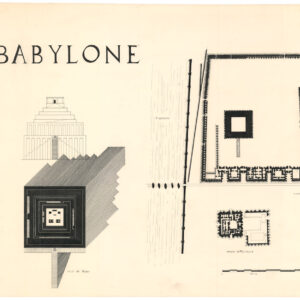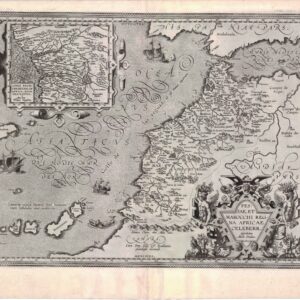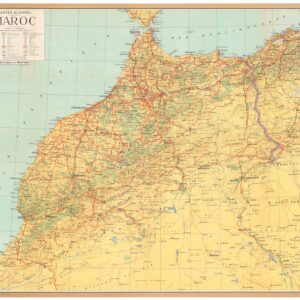A well-conceived aerial view of the theatre of colonial war in East Africa in the 1930s.
Colour Relief Map of Abyssinia and War Zone (Second Italo-Ethiopian War).
Out of stock
Description
The Colour Relief Map of Abyssinia and War Zone offers a captivating aerial view of East Africa, extending from the Horn of Africa to the Mediterranean, including parts of Arabia and Europe. S.J. Turner crafted the view for the Daily Herald newspaper in London, which published it in 1935. The map provides a captivating insight into the geo-political and physiographical sub-divisions during Mussolini’s conquest of the region. The composition shows that Anglo-Egyptian Sudan, the Kenya Colony, and British Somaliland are all under British control, while Italian Somaliland, Libya, and Eritrea are under Italian hegemony. Abyssinia stands as the only independent country amidst these competing colonial powers.
As noted on the view, it uses a unique grid-scale system in which each square edge represents 200 miles to create perspective. This technique facilitates the intuitive understanding of distance and thus lifts the view from a lovely artistic depiction to actual cartography. The approach is reminiscent of Richard Edes Harrison’s maps, which used his “aviation age” cartography to significant visual effect during World War II. As with the maps of Harrison, the enhanced perspective used in this view draws the viewers’ eyes to a designated focal point – important propaganda used in cartography throughout the 20th century.
The map focuses on independent Abyssinia, rendered in much more detail than the surrounding colonies and territories. Subsidiary divisions within Italian East Africa, such as Somalia, Arrar, Galla-Sidamo, Addis-Abeba, Amhara, and Eritrea, are also delineated on the map. The dual emphasis is deeply political in that Britain strongly opposed the growing fascist presence in East Africa. Indeed, within a year of this view’s publication, Italy conquered the Ethiopian empire and consolidated it with Italy’s other colonies to officially become Italian East Africa. The map makes the Italian aspirations explicit by listing the imperial titles. Thus, Vittorio Emanuele III is dubbed “King of Italy and Emperor of Ethiopia” and Pietro Badoglio as “Duke of Addis Abeba.” It should be noted that other than within Italy, Nazi Germany and Imperial Japan were the only two political entities to recognize the Italian claim.
In 1940, the Italian army expanded its territories in East Africa by annexing French and British Somalia. By 1942, British and South African forces had recaptured most of the colony, although an Italian guerrilla campaign persisted into the following year.
Cartographer(s):
Condition Description
Good. Some wear and toning along fold lines and edge.
References



